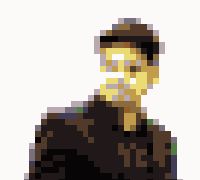162 reads
An Intro to Non-Fungible Tokens (NFTs) for Games, Virtual Worlds, and the Metaverse
by
March 4th, 2022
Audio Presented by

Crypto is here to stay, and you should learn all about it. It will change the world for those who understand its power!
About Author
Crypto is here to stay, and you should learn all about it. It will change the world for those who understand its power!